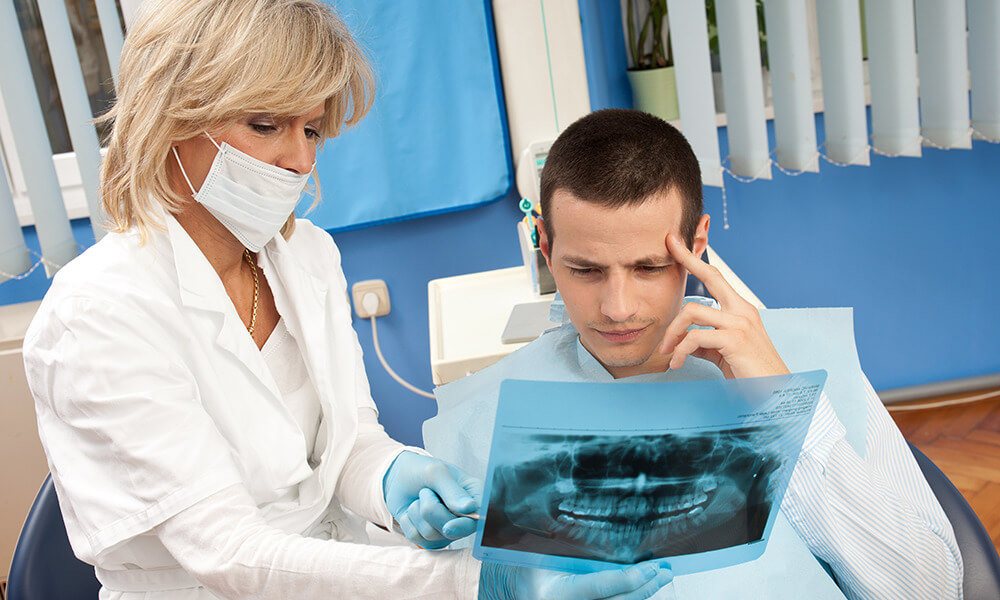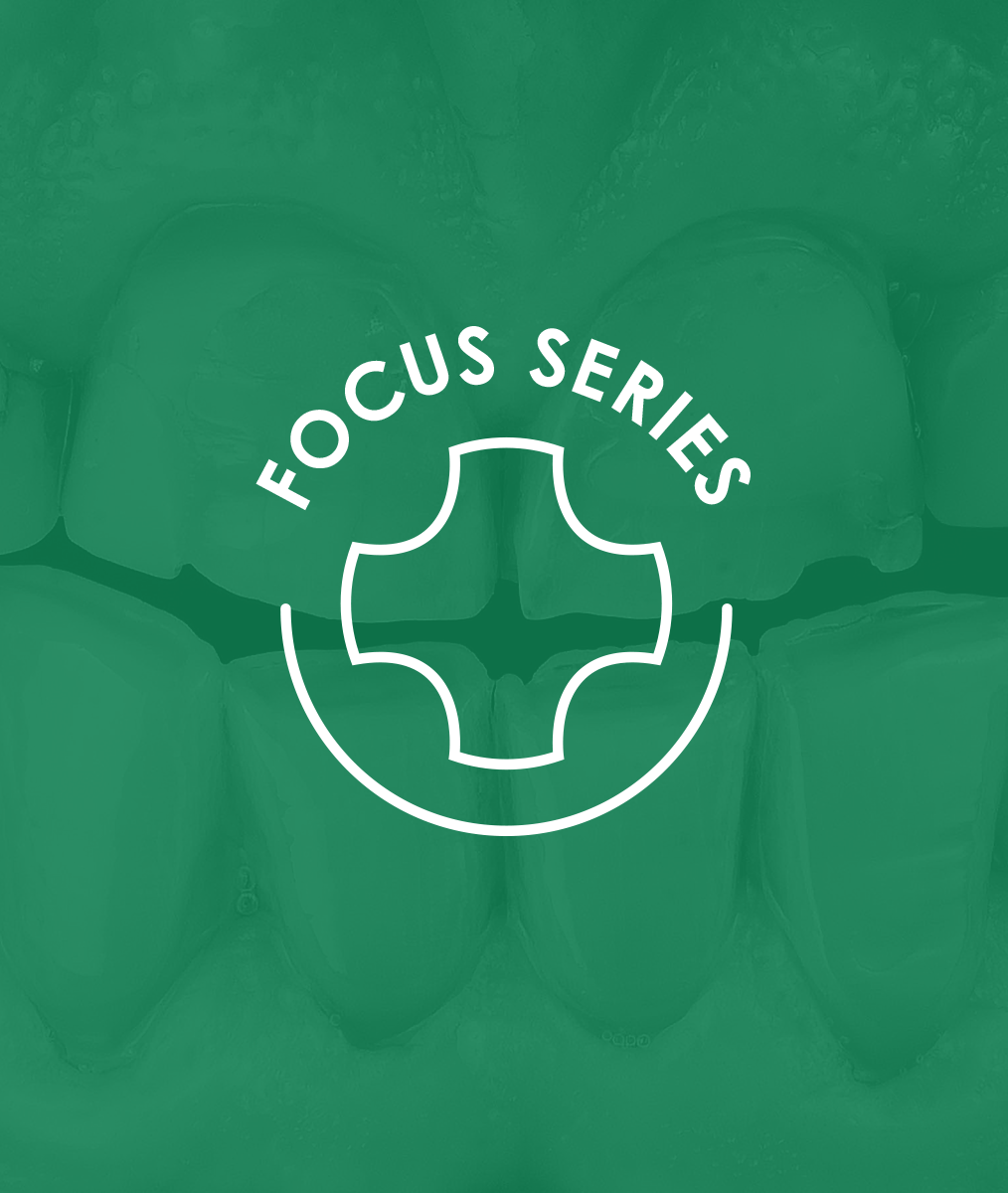
Staying in the Question – Part 2
Staying in the question — staying curious about what more you can learn about each dental patient and the intention to help each patient be more curious about their own situation, enables dentists and dental hygienists to be more effective in helping their patients.
What Do You Think You Know?
The next time you are reviewing the chart of a patient you are frustrated with, try this exercise. Instead of going too quickly to thinking, “What is wrong with this person? Why don’t they get it?” – ask yourself these three questions:
- What do you know about this patient and their situation, specifically because they told you this? They actually said it.
- What do you think you know? This has to do with the guesses you have, your intuition about what is going on. What do you think the patient has implied by what they said? Recognize which of your thoughts are guesses because those assumptions might or might not be true. If you act based on what is not true, you may miss opportunities to learn more about what is important to your patient. Asking yourself what you think you know is a way of challenging your assumptions.
- What do you want to know? What are you curious about? How can you take some of your “think you know” thoughts and move them into the category of “what you do know” about your patient.
The more you do this exercise, the more you become aware of the difference between what you know and what you think you know, and the more curious you will become about your patients. The more I have done this exercise, the more I have come to know that what I do know is small compared to what I do not know. I sometimes I realize I know very little about what is important to them.
Is the Patient Curious to Learn About Their Situation?
I have come to realize that the first question the patient asks is just the first step in their learning process. Sometimes they need help framing some of their more important questions. Or sometimes, a question is their attempt to share a little of their story, their struggles, their fears, their embarrassment. Often, I realize they have emotional discomfort I can address with empathy. In that moment, empathy is more effective in helping and leading the patient to higher health than the clinical information I could provide them.
Understanding that most patients have some level of anxiety about their oral health and oral health visits, I have learned to pause and ask a question before plowing ahead with information they may not want or need — or may not “hear” if they are anxious.
For example, if I see wear patterns on teeth when I do an examination, I could tell the patient what I see. I could say, “I see you grind your teeth.” But that type of statement is often perceived as accusing, not empathetic. What I have found to be more effective is to show the patient what I see. If the patient does not say anything that indicates she would like more information, I might ask her, “How long has that wear pattern been there?” or “What do you think has caused it?” I never want to deprive her of information. I want to give information when she has a little more curiosity — when she wants to know it and will hear it.
Sparking curiosity with a question often leads the patient to ask a question that reflects what is most important to them at that time. Discovering what is most important to them enables us to optimally make use of our time during that visit. We can provide information that is important to them, that they want. Or we can focus on providing the empathy they need to develop a relationship of trust.
Related Course
Worn Dentition: Direct & Indirect Adhesive Management Through a Non-Invasive Approach
DATE: October 24 2025 @ 8:00 am - October 25 2025 @ 2:30 pmLocation: The Pankey Institute
CE HOURS: 15
Dentist Tuition : $ 2595
Single Occupancy with Ensuite Private Bath (per night): $ 345
Enhance Restorative Outcomes The main goal of this course is to provide, indications and protocols to diagnose and treat severe worn dentition through a new no prep approach increasing the…
Learn More>






